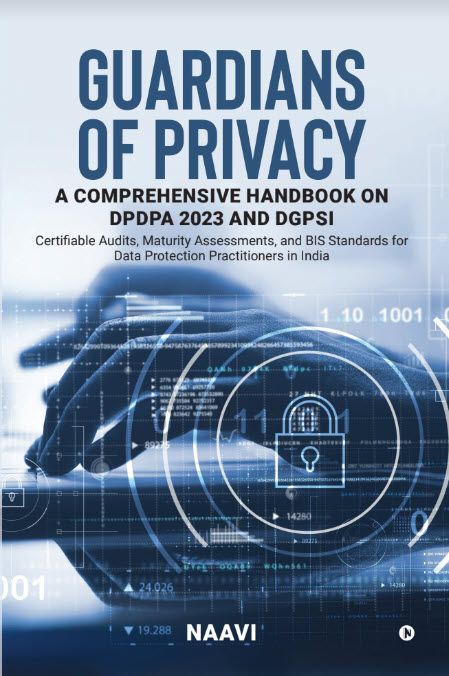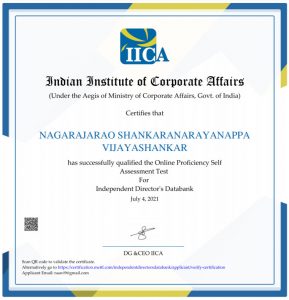Besides other issues confronting our country today, if we restrict our focus to the Cyber Law domain, two major issues are in focus. One is the debate on whether Section 66A of ITA 2008 is constitutionally valid and the other is why the Government of India is keeping the Cyber Appellate Tribunal “headless” since June 2011.
Let’s now take a look at the first of the issues namely the controversies sorrounding Section 66A of ITA 2008.
The debate about Section 66A has comeforth because this section has been repeatedly invoked against “Defamation” which was hitherto being addressed under IPC. Section 66A has become a principle weapon against “Defamation” whenever content posted on websites or social media have been a subject of controversy.
The issue has assumed importance since the invoking of Section 66A which prescribes a possible punishment of 3 years and considered “Cognizable” (though “Bailable”) has caused immediate arrests of persons who posted the content found unpalatable by influential persons in the society. This did not happen whenever Section 499 of IPC was invoked.
This unholy trend of using Section 66A to address what otherwise should be addressed under Section 499 of IPC started with the case of E2-labs Vs Zone-H.org and has been haunting the community since then. In this case the complainant who had a commercial dispute with the respondent who had posted allegedly defamatory information on a website moved the Delhi High Court for “Blocking of the Website” but citing the provisions under Section 66A.
Unfortunately Court issued an “Interim Order” blocking the website and paved the way for using Section 66A for “Internet Censorship”. This decision was not a decision based on the merits of the case but was based on the prayer for interim relief pending hearing of the case. Since the defendant was a foreign person not interested in fighting the “Blocking of the website”, the decision remained unchallenged and resulted in an indefinitely permanent order to block the website.
Historically this would be considered as the beginning of Internet Censorship in India.
Had the Court considered the E2 Labs complaint on merit it would have probably dismissed it with an appropriate interpretation of Section 66A that it is meant for issues related to “E-Mails” and “Messages” and not “Publishing” of “Content”.
If so, it would have perhaps held that Section 66A was not meant to over rule or even supplement Section 499 of IPC which is applicable for “Defamation through Electronic Documents” when Section 499 of IPC is read with Section 4 of ITA 2008 (legal recognition of electronic document as equivalent to paper document). In the process the Court would have clarified that “Message” is different from “Content”, Message is a one to one communication where the addressee may be bombarded with persistent irritating communication which may cause annoyance where as “Publication” causes defamatory effect when exposed to public.
Under ITA 2000/8, offences regarding “Publication” and bulk “Distribution” are addressed under Section 67 and not under Section 66A but the offences are restricted to “lascivious” and equivalent type of content normally recognized as “Obscene”. The content which was the subject of contention in the Palghar incident, the Karti Chidambaram incident, the Air India Employees incident, the Aseem Trivedi Incident or the Mahopatra Incident were not covered under Section 67 and hence would not be coming under ITA 2000/8.
Thus the fact that Delhi High Court did not go into the merits of the case in the E2 Labs case, resulted in a corrupted interpretation of Section 66A as a plausible weapon for “Blocking of websites”.
In that incident at least the remedy sought and granted was only “blocking” and hence the damage was restricted to an “Internet Censorship” issue. But if the “Blocking” was legally feasible under Section 66A, the arrest of the owner of the Zone-H.org would have also been feasible.
In the current set of cases under Section 66A the complainants have not been satisfied with the removal of the objectionable content but are demanding the arrests of persons involved. The Police are obliging such requests from influential persons and have rendered a certain notoriety to Section 66A which was not at all intended in the first place.
Section 66A was meant to address offences such as Cyber Extortion,Cyber Bullying/Cyber Stalking and Phishing and these objectives have been forgotten under the current spate of litigations making it the prime Cyber defamation defense.
This is a “Corruption of Legal Interpretation” which needs to be corrected when the honourable Supreme Court considers the “Constitutional Validity of Section 66A”.
It is possible that the Court may consider that Section 66A is not constitutionally invalid since it was not meant to address defamation and cannot be used for either internet censorship or arrests in the manner in which it has been used in the recent cases. There is a reasonable possibility that It may say that all the current adverse impact held out against the section is only a result of mis-interpretation and the law as it stands is not to be blamed.
In such an event, it is necessary to understand that what rendered the section prima-facie anti constitutional requiring a judicial reference was the mis-interpretation by Police and others.
This threat may continue even in the future unless appropriate strictures are passed against such mis interpretation and a “Due Process” is defined for arrest of persons on the basis of reputational damage claimed by private persons.
We hope and look forward that suitable elaborate discussion and ruling will come forth during the debate on the constitutionality of Section 66A.






